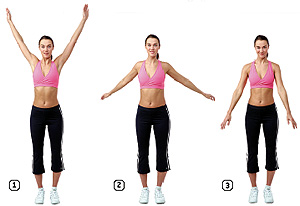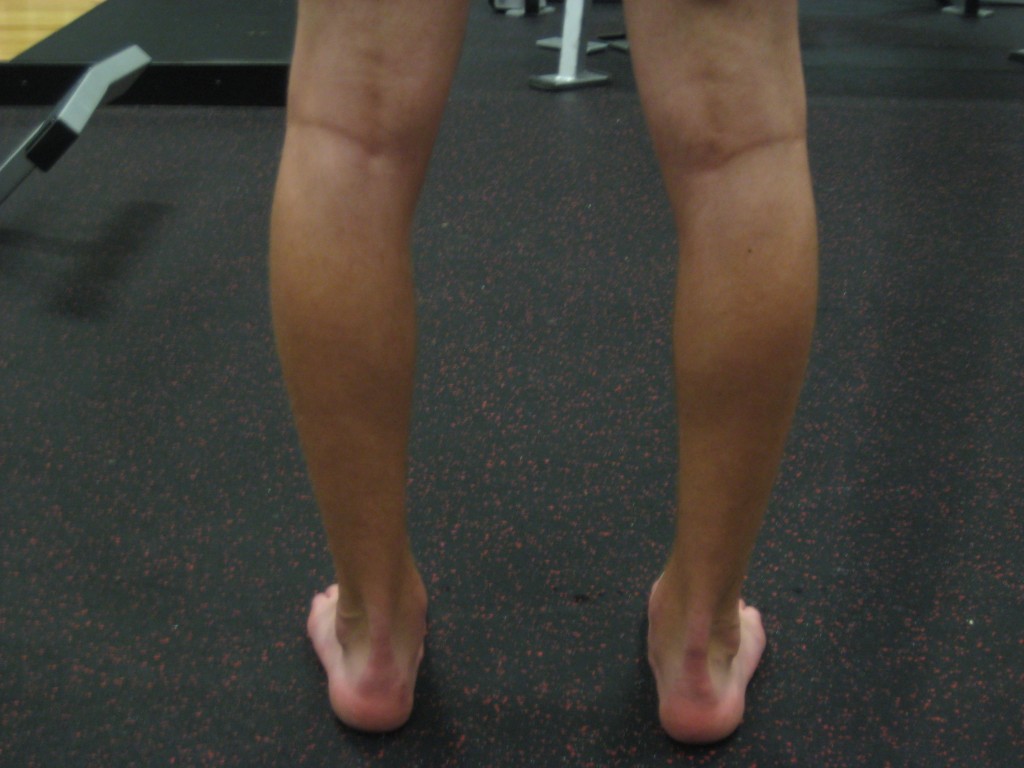I’ve been on a huge continuing ed kick recently and have come across some great stuff I want to share with you.
New Study Finds 70 Percent of Able-Bodied Hockey Players have Abnormal Hip and Pelvis MRIs
This brief article was written in mid March so it isn’t “new” anymore, but it’s still worth the 2 minutes it’ll take you to read if you haven’t yet. For hockey players, this is huge. This study highlights the fact that a positive MRI finding (e.g. they find something wrong with you) doesn’t necessarily mean you need surgery. It’s just a piece of the puzzle. Almost identical information has come out regarding the shoulders of baseball pitchers. Forget the specificity of the joint (or population), the big take home here is a doctor telling you something came back as “wrong” doesn’t mean you should immediately sign up for surgery. Intelligent conservative treatment may be a more advantageous option!
Turns out single-leg transitional power correlates to sprint performance. Could it be that single-leg training is important for athletes??
Counter-Intuitive Rehabilitation
Charlie Weingroff did an AWESOME interview for Super Human Radio that you can listen to for free at the link above. Charlie delves into a lot of the problems, or more politely “limitations” of most physical therapists and gives some great examples about how the body functions as a unit. Even if you aren’t a physical therapist, this is a great listen for every athlete and parent because it gives you an idea of what you should be looking for in a great physical therapist. Do your best to ignore the supplement promotions during the commercials.
Diaphragmatic Breathing Questions
Every time I visit Carson’s site, I learn something new. I’ve started incorporating breathing exercises and coaching cues into our programs at Endeavor a lot more over the last couple months, in large part because of what I’ve learned from Carson about the importance of proper breathing in athletic performance. Carson answers a handful of really well thought out questions in this post.
Nick Tumminello discusses some interesting research that questions our understanding of the role of the upper trapezius. Functional anatomy is probably my favorite area of study so this one really caught my attention.
To your success,
Kevin Neeld





